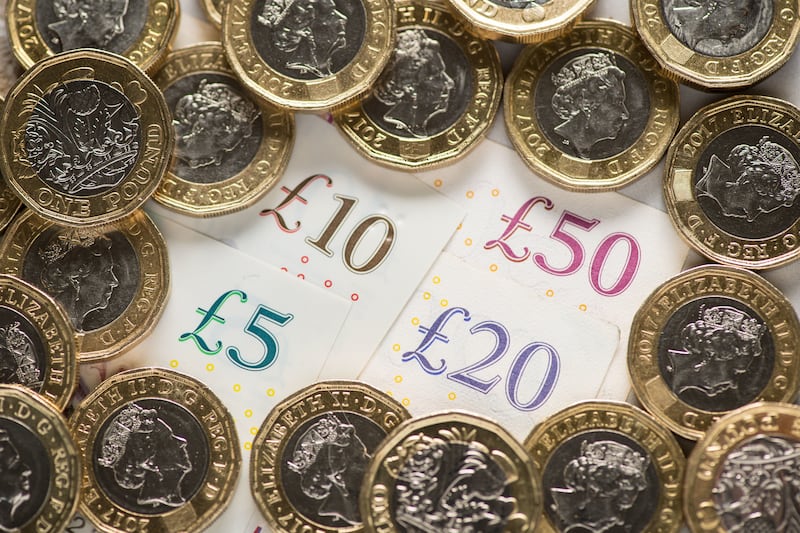Following on from last week’s introduction to investment risk, and still using the maritime metaphors, I will cover the other risk measures you should be considering, to ensure you know the true risk of your investments and how to check them.
Last week I covered volatility (standard deviation), or the size of the waves, alongside Sortino ratio (pure downside risks) so let’s cover the rest you should be considering.
Beta is a measure you may see listed on documents given to you by your financial adviser. Beta compares the rolling tides of your investments against the broader currents of the market (ie returns versus a benchmark). For example, a Beta more than one, signals that your boat may ride higher waves than the market, offering exhilarating, but riskier journeys. A Beta of less than one might suggest your investment journey is steadier, but with less treasures.
Maximum drawdown is another risk measure which charts the greatest depths an investment has sunk from its peak before resurfacing. This can highlight if a fund has peculiar exposures in its holdings that are likely to really surprise on the downside in an economic downturn.
It can also highlight if a fund manager is buying lots of similar correlating shares which all look great in an upwardly rising market, but that concentration risk of being all in the same boat is a hefty price to pay. You may never know it until that iceberg hits. Analysing this risk measure will create the information you need to ask more questions about what stocks a fund holds.
Alpha is another measure you may have seen listed. Alpha measures the captain’s expertise in navigating the waters, offering a measure of performance on a risk adjusted basis against a known benchmark.
Simply put, it’s the skill in finding a route which others haven’t and braving that unknown for the promise of greater returns. A high Alpha is good as it effectively indicates a captain who can find treasure when others just see a load of water.
Another measure, Sharpe ratio, is best described as a compass which highlights whether the potential rewards of an investment are worth the treacherous seas ahead. This is calculating the extra return for every element of volatility endured, effectively guiding investors toward choices that make the most efficient use of their risk capacity.
Tracking error, gauges the deviation from the charted course and indicates whether an investment is sailing away from its benchmark.
You may have heard of value at risk, or conditional value at risk? These are effectively your forecasts which are predicting the potential losses on the horizon with a certain level of confidence. Whether or not you are a good sailor, there are always risks, and these two risk measures prepare investors for the storms and potential losses which lie ahead. Value at risk is ‘known’ risk so it’s a good measure to have. Think of it as your Garmin, or chart plotter with all known shipwrecks and rocks marked.
Liquidity risk shows that not all treasures can be turned to gold or spendable assets. This measures the ease at which an investment can be sold or turn into cash without the value plummeting in the process.

These need to be given to the skilled sailor, a sailor who understands how these risks interact with each other, but when and how to use them. The skilled sailor is what I might refer to as qualitative research, rather than much of what I have covered over the last two weeks which is mainly to do with numbers (quantitative analysis).
These are excellent tools which help you in making the very best-informed decisions. For the record, please do not believe that all managers and advisers use these measures, because they don’t.
- Peter McGahan is chief executive of independent financial adviser Worldwide Financial Planning, which is authorised and regulated by the Financial Conduct Authority. If you have a financial question for Peter call 028 6863 2692.








